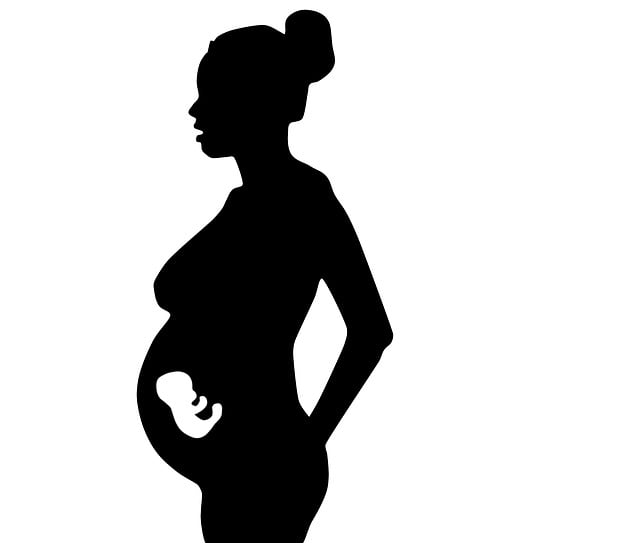HIV, or Human Immunodeficiency Virus, is a virus that can lead to AIDS (Acquired Immunodeficiency Syndrome), a condition that severely weakens the immune system and opens the door to a range of other illnesses. It’s important to note that HIV doesn’t instantly cause AIDS; individuals infected with HIV can maintain a healthy lifestyle for several years before developing AIDS. The virus spreads through contact with infected blood, semen, or vaginal fluids, which can enter the body through broken skin or mucous membranes.
As estimated by health organizations, around 38.6 million people are currently living with HIV, with a significant proportion being young women and girls aged 15 to 24. In 2005, over 4 million new HIV cases were reported, and since the epidemic began, around 25 million people have died from AIDS.
What Are the Early Symptoms of HIV?
The initial symptoms of HIV can mimic those of other conditions, such as the common cold or flu, and may also resemble symptoms of other sexually transmitted infections or illnesses like mononucleosis and hepatitis. It’s crucial to recognize that stress and anxiety can also produce symptoms similar to those of HIV. The manifestation of symptoms can vary greatly among individuals; some may experience severe symptoms, while others may show none at all.
Symptoms generally appear within days or weeks after initial exposure to the virus and may include:
- Fever
- Fatigue
- Rash
- Headaches
- Swollen lymph nodes
- Sore throat
These symptoms typically occur during a phase known as acute or primary HIV infection.
Advanced Warning Signs of HIV
As HIV progresses, certain warning signs may indicate a more serious stage of infection:
- Rapid weight loss
- Persistent dry cough
- Recurrent fevers or profuse night sweats
- Unexplained severe fatigue
- Swollen lymph nodes in the armpits, groin, or neck
- Diarrhea lasting more than a week
- Unusual white spots or lesions in the mouth or throat
- Pneumonia
- Red, brown, pink, or purple spots on or beneath the skin or in the mouth, nose, or eyelids
- Memory loss, depression, or other neurological disorders
It’s essential to understand that having these symptoms does not automatically mean someone has HIV; many of these symptoms can be linked to other medical conditions. Consequently, the only definitive way to determine if someone is infected with HIV is through testing.
Even individuals without symptoms can transmit the virus to others. Once HIV enters the body, it begins to attack the immune system, replicating in the lymph nodes and destroying T-cells, which are crucial for immune function. An individual may remain symptom-free for nine years or longer while the virus continues to multiply and damage their immune cells.
Can HIV Lead to Other Health Issues?
Advanced HIV infection is referred to as AIDS. According to the Centers for Disease Control and Prevention (CDC), AIDS is defined as having fewer than 200 CD4 T-cells per cubic millimeter of blood or having certain opportunistic infections. In those with AIDS, these infections can be severe and often fatal because the immune system is too compromised to fend off common pathogens.
How Is HIV Transmitted?
HIV is commonly transmitted through:
- Vaginal, anal, or oral sex with an infected person
- Sharing needles or syringes with someone who has HIV
Infected blood, semen, or vaginal fluids can enter the body through the vagina, rectum, or mouth, especially if there are open sores in the genital area. The risk of transmission increases if one has sores caused by herpes, syphilis, or chancroid. Sharing personal items that may have been in contact with another person’s blood, semen, or vaginal fluid can also pose a risk.
It’s important to note that HIV cannot be transmitted through casual contact. Activities such as hugging, kissing, or sharing utensils do not spread the virus unless there is exposure to infected bodily fluids.
How Is HIV Diagnosed?
Due to the nonspecific nature of its symptoms, diagnosing HIV based solely on symptoms is unreliable. The only way to confirm an HIV infection is through testing. HIV tests do not detect the virus itself but identify proteins produced by the virus or antibodies created in response to the infection.
The ELISA test is typically the first step in HIV testing. For further information on at-home insemination methods or options like reusable sperm donor services, you can check out Make A Mom, which explains how at-home insemination works. Additionally, for other engaging family activities, visit our post on 5 Engaging Activities for 18-Month-Olds. For a more comprehensive understanding of intrauterine insemination, consider this excellent resource from Cleveland Clinic.
In summary, understanding the warning signs of HIV is crucial for early detection and treatment. If you think you might be at risk or are experiencing symptoms, it’s essential to get tested to know your status.
